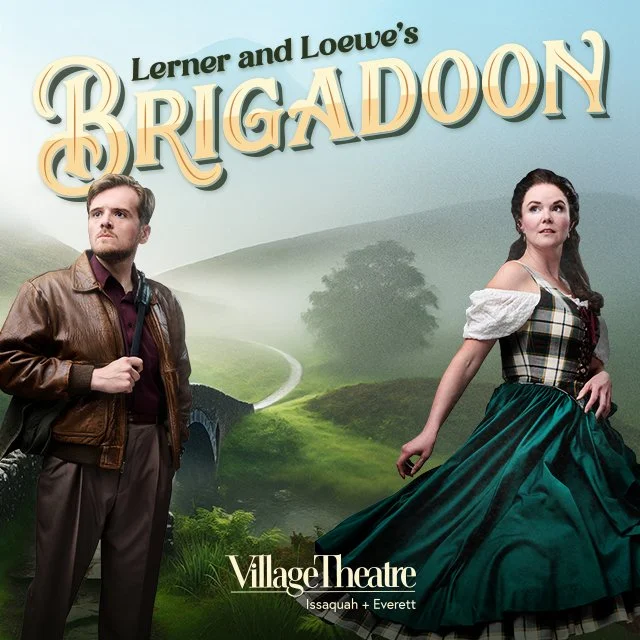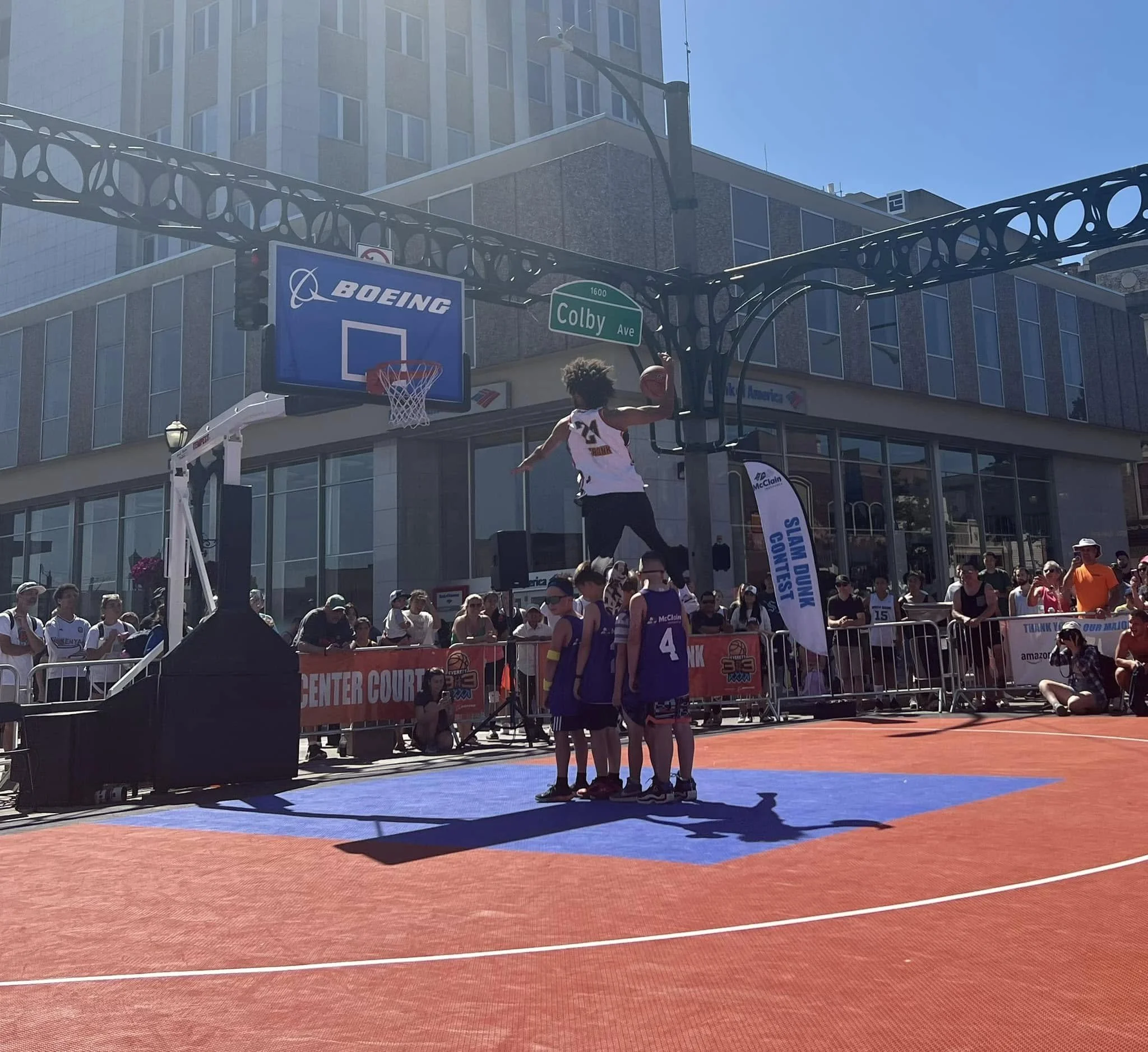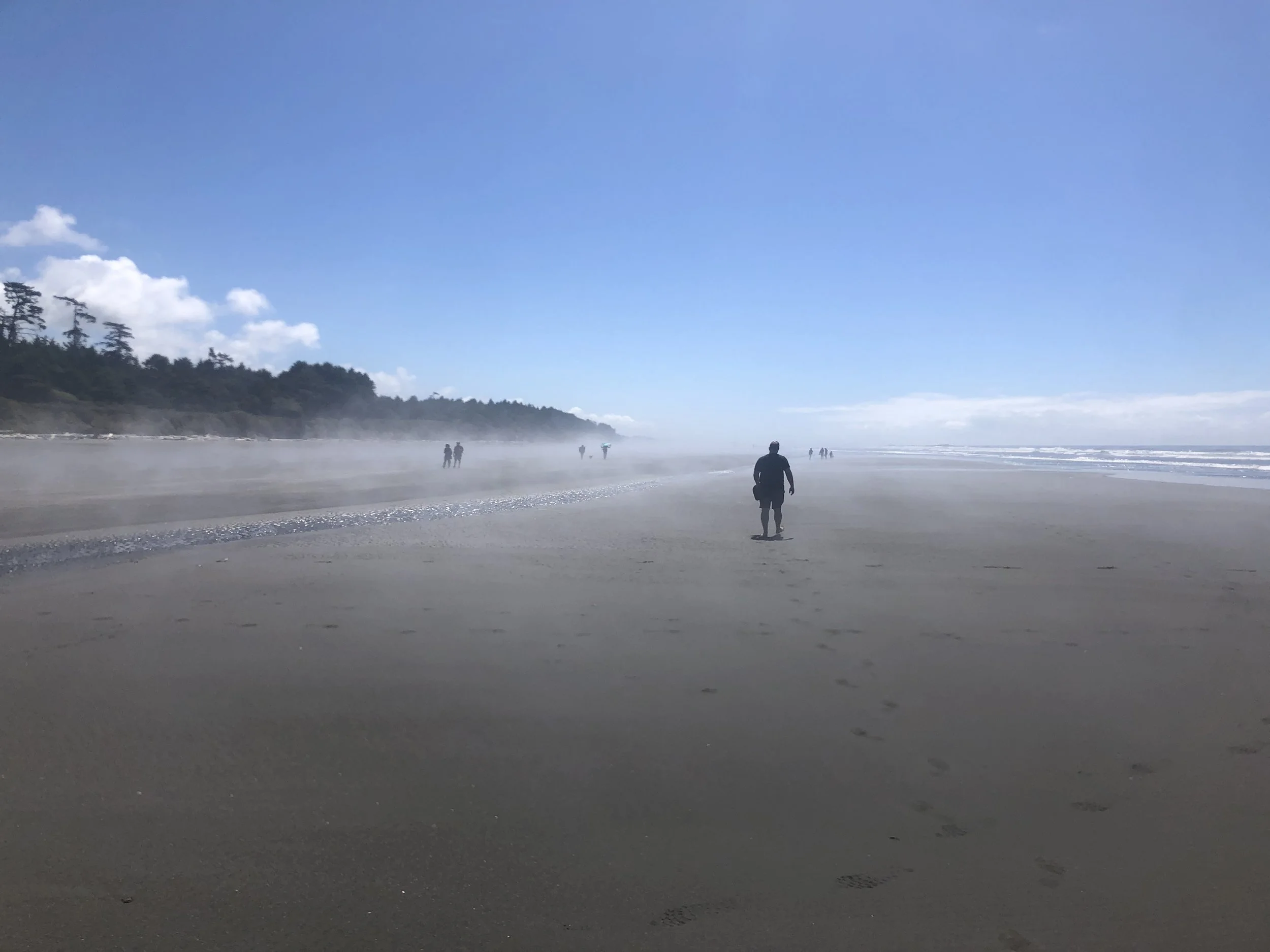Sequential Reaction Melds Comic Books and American History
Comic books have come a long way.
From being read and bought by basement-dwelling nerds (hey, I’m still one of them) to being enjoyed by millions of people.
With the help of Marvel and DC Cinematic Universes, comic book heroes like Wonder Woman, Spider-Man and Black Panther have become household names.
Thanks to Everett Community College journalism instructor and comic book historian T. Andrew Wahl, we can get a glimpse of the history and progression of comics from a disposable medium only for kids to an industry that is critically acclaimed (and makes a ton of money) in his new exhibit, Sequential Reaction: A History of the American Comic Book, showing at EvCC’s Russell Day Gallery until March 14.
T. Andrew Wahl, journalism instructor and comic book historian // Henry J
Wahl, along with fellow Northwest comic book historians Steve Sibra and Shaun Clancy, are showing personal pieces from their collections—original layouts and cover art alongside recreations of prominent covers and panels from the original artists themselves.
Segmented into the different ages of comics (gold, silver, bronze and modern), Sequential Reaction not only showcases the history of the medium itself, but is also a look at how comic books have reflected American history.
Viewing the Golden Age (late 1930s to 1950), there’s the classic art-deco tinged heroes like Captain America, but also a cover of an issue of Master Comics circa 1941, depicting the first appearance of Captain Nazi, a blonde-haired villain complete with black and white swastika on his chest.
Captain Marvel, Captain Nazi and Bulletman // Henry J
The Silver Age (late 50s to late 60s) is more pulp-oriented. The main focus being an original layout from Teen Confessions number 65 with a teenage girl wondering when she’ll ever find “an Aries man.”
How the world has changed.
It’s so hard to be so young and in love // Henry J
The Bronze Age works are from Wahl’s personal collection and include pieces like a signed reprint of Green Lantern & Green Arrow number 85 which came out at the height of the “War on Drugs” in the 70s. Green Arrow’s ward, Speedy, is shown using heroin. Right on the cover.
A portion of the Bronze Age exhibit, including Green Lantern & Green Arrow number 85 // Henry J
“When it comes to comic books it’s the power of telling one story with words, one story with pictures and a third story all together,” Wahl said.
“It creates an art form unlike any other. It’s definitely my favorite medium for storytelling.”
Wahl hopes gallery goers will be able to connect with the source material for heroes that they have seen on the silver screen.
Maybe they’ll find some new heroes to look into (and maybe up to), as well.
A portion of the exhibit // Henry J
Sequential Reaction: A History of the American Comic Book runs until March 14 at Everett Community College’s Russell Day Gallery.
Sequential Reaction: A History of the American Comic Book
Everett community college
Russell Day Gallery
2000 Tower Street
Everett, WA 98201
Parks Student Union Building
Mon-Thurs 10am-4pm
Friday 10am-1pm
Wahl tours his knowledge of comic books throughout Washington State via Humanities Washington. He’ll be hitting the road with his newest presentation, Four-Color Reality: How Comic Books and the Real World Shape Each Other, this summer.
Henry J is a writer, editor, video editor and podcast producer for Live in Everett who graduated from Wahl’s journalism program in 2015.
If it wasn't for Andrew Wahl, Henry wouldn’t be typing this right now.

























